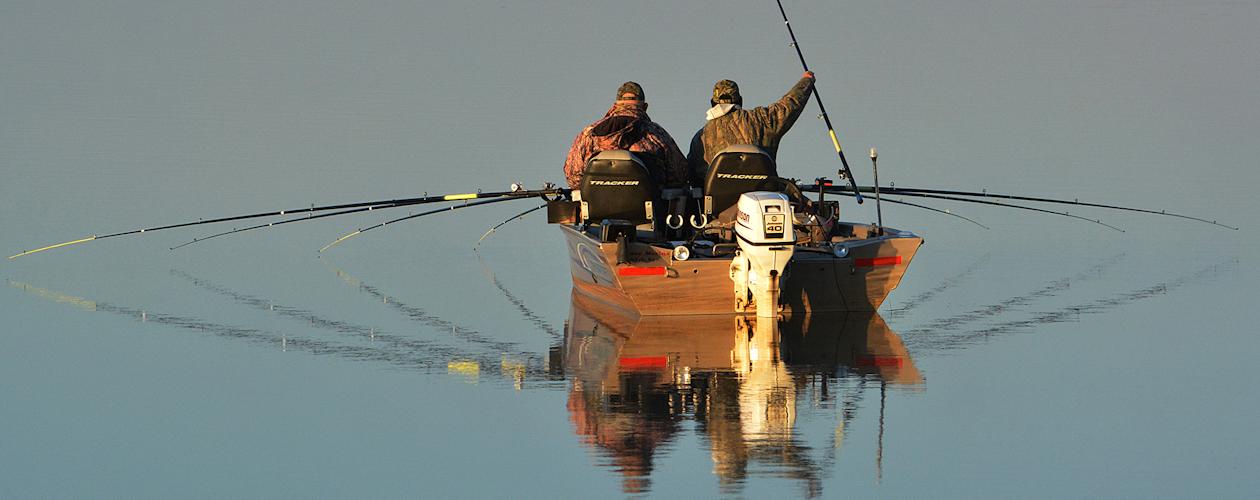Catfish/White Bass Bite Dependent on Current
Written by Steve McCadams - Published on August 9, 2024
Decent stringers of catfish continue to show up in the creel of mid-summer anglers. Scattered sightings of surface schooling white bass have also been reported but the activity has been inconsistent.
Despite hot weather a few anglers are still hitting the lake in the early morning and logging a few hours of fishing but throwing in the towel when a stubborn sun takes over and calls the shots.
Kentucky Lake’s elevation continues to fall slowly and is pretty much on schedule for TVA’s winter drawdown that began July 1. Lake levels this week were in the 357.4 range at Kentucky Dam, which is down a few inches from last week.
Surface temperatures reflect the warm weather and are hanging around the 89 to 92 degree range. Some brief periods of cool weather offered a short reprieve from the hot and humid dog days of summer but the honeymoon was short as August is living up to its hot reputation.
Current out on the main Tennessee River channel has a lot of influence on the midsummer catfish bite. There have been a few decent reports from successful anglers whenever the flow was stimulating the shad schools to move about.
Other days a downright sluggish bite was the norm as a lack of current turns off the aggressive bite as balls of baitfish just don’t meander about when stagnant water takes over.
Lately TVA has been pushing some water through Kentucky Dam at a rate of 28,000 cubic feet per second (cfs) and that is enough to produce a decent bite and put ole’ whiskers on the prowl. However, when current fades away so does the bite.
Catfish have been taken in the 40 to 50 foot depth range. Some even deeper at times.
Watching the sonar screen and monitoring the depths and locations of schooling shad helps locate the catfish, which are usually laying right there with them. Experienced anglers have learned to pinpoint the whereabouts of larger fish too, adjusting their bait and depth presentation right in the face of finicky fish.
Nightcrawlers, cutbait, chicken livers and a host of commercial baits have paid dividends. Unfortunately, the old tried and true bait that is no longer available for most fishermen are catalpa worms.
Scattered reports of surface feeding frenzies from schooling white bass are coming in from across the reservoir. August is usually prime time for these aggressive feeders that tear up the surface once they corral a school of shad and push them over shallow sandbars.
Found mostly near the main Tennessee River channel banks that rise up to shallow sandbars, white bass bust the surface on a calm day as they ambush schools of threadfin and gizzard shad.
It is indeed one of fishing’s finest hours to be in the midst of a white bass jump, commonly referred to as stripes. These aggressive gamefish put up a fight.
Average size is usually in the ¾ to 1-pound range but they often grow bigger. They all fight.
About the best approach is to cruise the edges of the river channel, keeping a sharp eye out for surface activity. In the mouth of some of the large bays that empty into the main channel are likely spots.
Some bass fishermen are still working the main lake ledges tossing mostly Texas rigged worms, Carolina rigs, swim baits and huge deep diving crankbaits.
Summer crappie have been showing up too but in low numbers. Most successful anglers credit their catches to deep structure in the 18 to 25 foot depth range while using live minnows for bait.
< Return to the Archives
< Return to Fishing Reports
< Return to Fishing Overview







